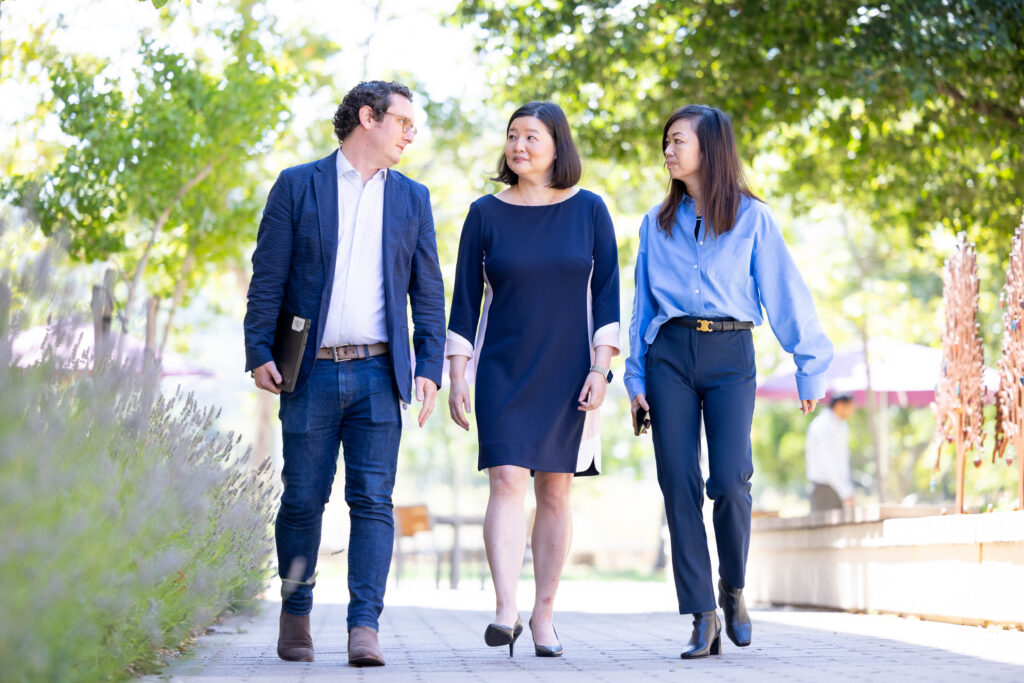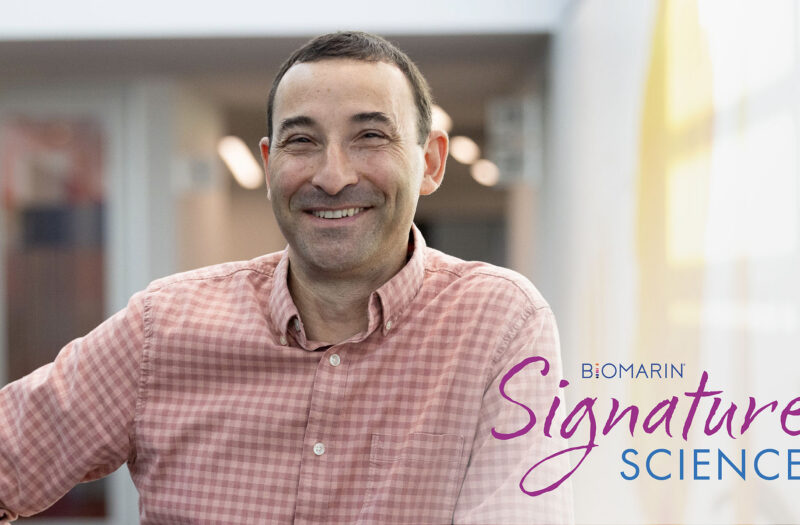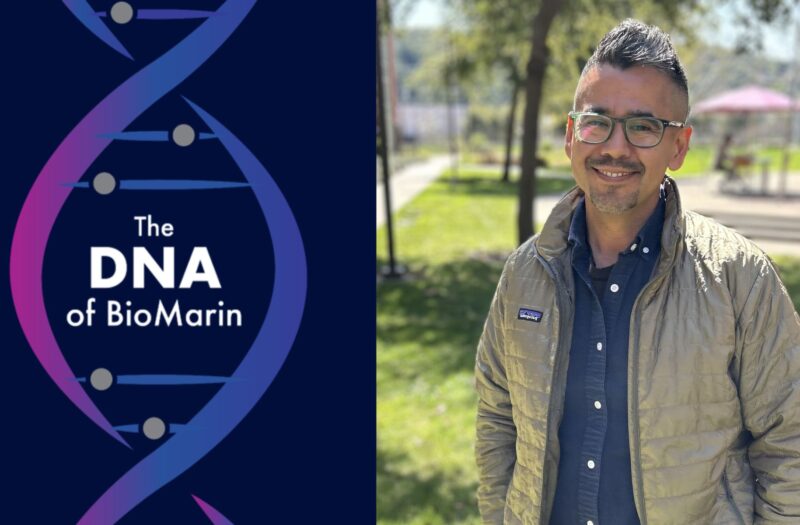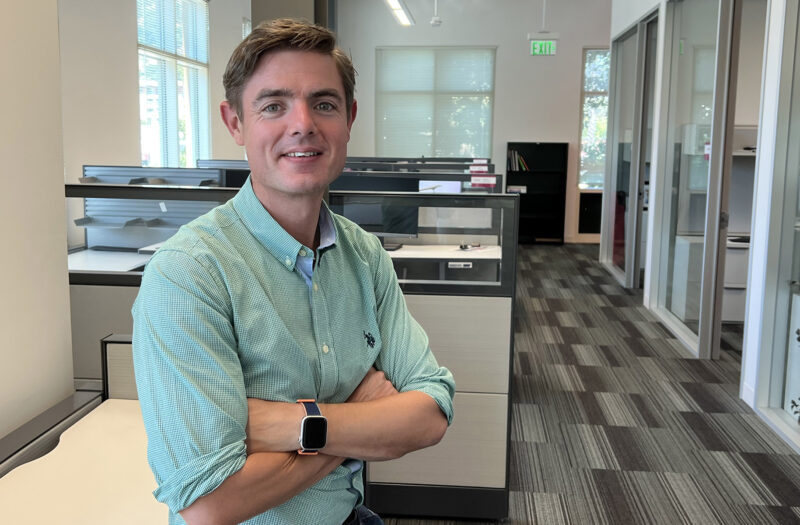Christina Pao on Charting a New Course for Children with Hypochondroplasia
October 30, 2025
Christina Pao has been fascinated by science as long as she can remember, and initially set her sights on turning this passion into a career in marine biology.
“However, I became very seasick, so I had to change gears,” she says.
While seasickness may have sunk her initial career ambition, it didn’t stop Christina from making a big scientific impact. In fact, the Senior Director of Medical Affairs believes her role at BioMarin provides an opportunity to maximize her scientific contributions by helping transform care for children with hypochondroplasia.
“We have the most robust research and clinical program in the industry,” says Christina, speaking about BioMarin’s work in skeletal conditions. “There’s a misunderstanding about these conditions that the genetic variants only cause short stature and impaired bone growth. However, they also affect a wide variety of health functions. We’re looking beyond height to really address the unmet needs of people living with skeletal conditions.”
Christina shares her story in the latest edition of our video series, Signature Science. Highlighting scientists in roles across the company, the videos seek to uncover how our colleagues draw on their unique backgrounds and experiences to make their mark – or, put their own signature – on BioMarin’s breakthrough science.
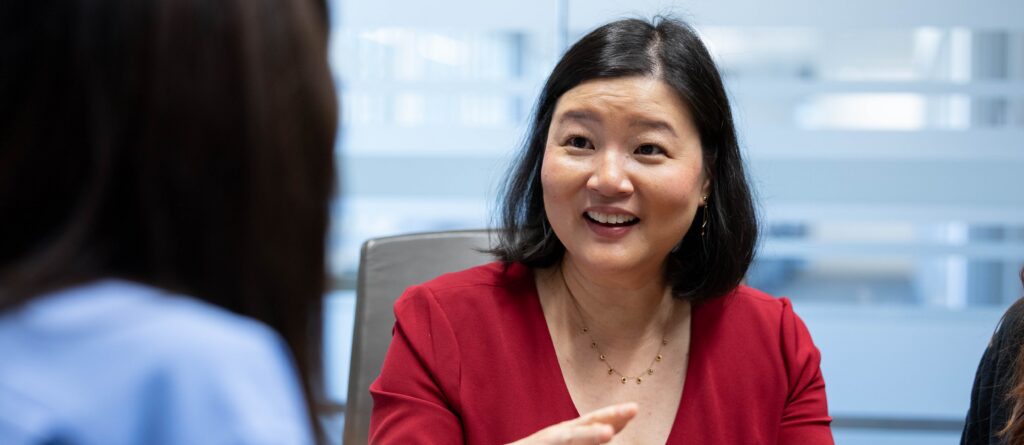
In hypochondroplasia, children may not be diagnosed until they’re 4 or 5 years old, and so it’s our job to really educate doctors on recognizing those signs and symptoms.”
Christina and her team begin by hearing from people impacted by skeletal conditions, and then partnering with healthcare providers to ensure learnings from research and the community translate into improved clinical practice.
“Diagnosing skeletal conditions can be quite complex,” Christina says. “In hypochondroplasia, children may not be diagnosed until they’re 4 or 5 years old, and so it’s our job to really educate doctors on recognizing those signs and symptoms.”
Christina is leading a four-pronged approach to improving the landscape in hypochondroplasia that includes enabling earlier diagnosis, understanding the multidisciplinary care team, engaging with patient advocacy groups and advancing quality of care. In less than a year with the company, Christina says her team is already starting to see results.
“One particular moment where I felt the true impact of my work was when we designed an educational program for doctors,” she recounts. “At the end of the presentation, a lot of the doctors came up to me and said, ‘Hmm, I actually think I have some patients in my practice that have hypochondroplasia. I didn’t know it until I saw this presentation.’ That was very rewarding – that what we’re doing is making an impact and helping patients.”
